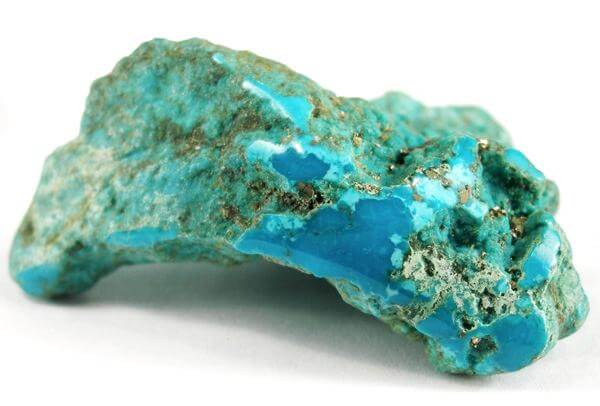
A desert in San Bernardino County, in the state of California, is usually the home of gold and silver mining, but a few active turquoise mines in the area might still be hiding a true fortune.
Although the basis of this story is historically true, according to PE.com, there are a lot of rumours surrounding the Turquoise Mountain, near Halloran Springs, northeast of Baker.
A lot of stories are led by a miner from San Bernardino called James Hyten, who originally mined at the Wandering Mine around the turn of the century. He claimed his stake on Turquoise Mountain in 1896, named it the Gem and later changed the name to Stone Hammer, but wasn’t the only one interested in the local pits.
Hyten reportedly sold his stake to the Himalaya Mining Company in 1900, a company owned by Lippman Tannenbaum and Benedict Lederer, but that was the mine’s last good year. In 1900, when the firm owned a large business in the area, Himalaya Mining sent $28,000 in turquoise to New York.
Apparently, the local minerals had much higher quality than most current turquoise supplies. However, between 1903 and 1906, the veins explored by the company dried and the mine was sold to the Toltec Mining Company. Tannenbaum was then arrested in 1910 on suspicions of selling bonds for the Himalaya Mining Company and then giving the money to his wife, instead of investing back in the company.
One year later, Tannenbaum filed for personal bankruptcy with alleged debts of $210,000. After that, the Turquoise Mountain mines were never productive again. However, another story says that Hyten bought the mine back in 1919 and dug deeper into the mountain, recovering more than 250 pounds of turquoise in half a year. Bad luck for Himalaya Mining? Lack of skills?
With short supplies of good turquoise on the market, prospectors still explore the area, along with other spots in San Bernardino County, keeping the Turquoise Mountain legend alive.
